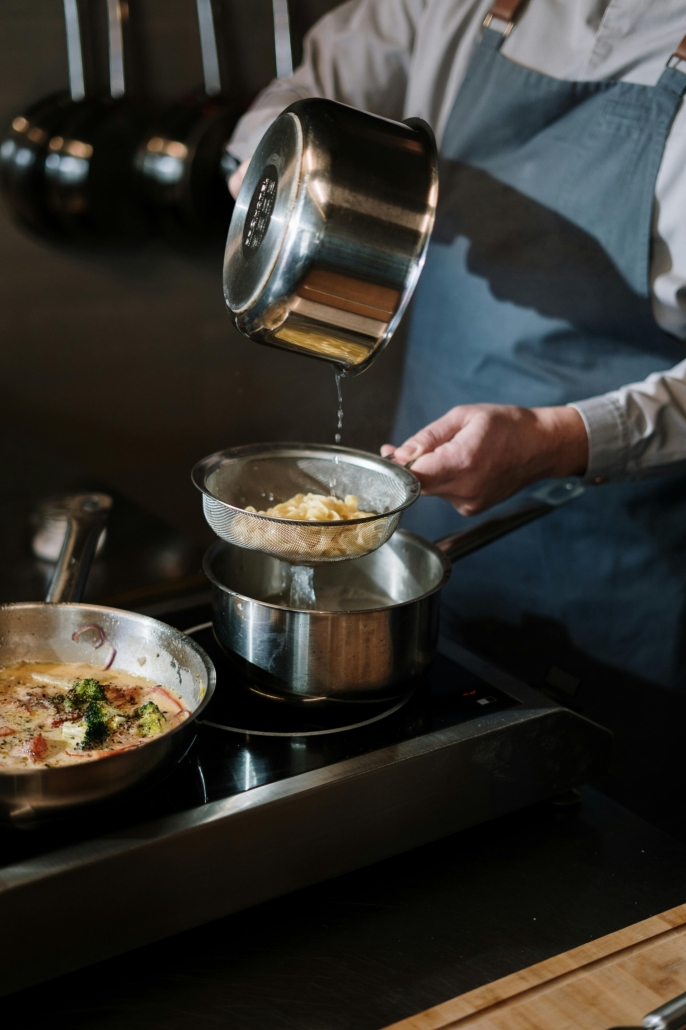Which Kitchen Appliance Uses the Least Energy to Cook?
Cooking contributes to around 3% of a typical household’s total energy consumption. If you want to make a difference in your personal energy usage, your choice of cooking appliance matters.
Not all kitchen appliances are equally energy-efficient. Learning how to choose the right one can help you save both energy and money.
Air Fryer: The Best Choice for Small Portions
An air fryer works like a small convection oven and uses less energy than a traditional oven because of its compact size. For example, cooking a 600-gram chicken breast in an air fryer costs around 1 krone, while the same portion in an electric oven would cost about 1.50 kroner. The air fryer is an ideal choice for small meals or cooking for one or two people.
Tips for Using an Air Fryer:
- Avoid opening the lid frequently to prevent heat loss and increased energy use.
- Plan meals that fit the capacity of the air fryer.
Oven: Ideal for Larger Portions
Ovens require more energy to heat up and maintain temperature, making them less efficient for small portions. However, ovens are better suited for larger quantities of food. When cooking for multiple people, consider dividing the meal into portions and reheating leftovers in the microwave to save energy.
Tips for Using an Oven:
- Avoid unnecessary door openings to prevent heat loss.
- Cook multiple dishes at once to maximize energy efficiency.
Microwave: Quick and Cost-Effective for Reheating
The microwave is one of the most energy-efficient appliances for reheating. Unlike ovens, which heat the air around the food, microwaves heat the food directly. This makes them fast and economical. For example, reheating a 400-gram ready-made lasagna costs just 25 øre.
Tips for Using a Microwave:
- Use it primarily for reheating food.
- Thaw frozen meals in the fridge first to reduce reheating time.
Stovetops: Fast for Small Dishes
Stovetops are a good option for dishes that require short cooking times, such as pasta or omelets. However, gas stoves emit more CO₂ than electric ones, so opt for electric stovetops if you want to reduce your environmental impact.
Tips for Using Stovetops:
- Use lids on pots to retain heat.
- For electric stovetops, consider boiling water in a kettle first to save energy.

Small Changes, Big Impact
By choosing the right appliance for the right task, you can save money and reduce your energy consumption. Small adjustments in the kitchen can make a significant difference in your daily life.



